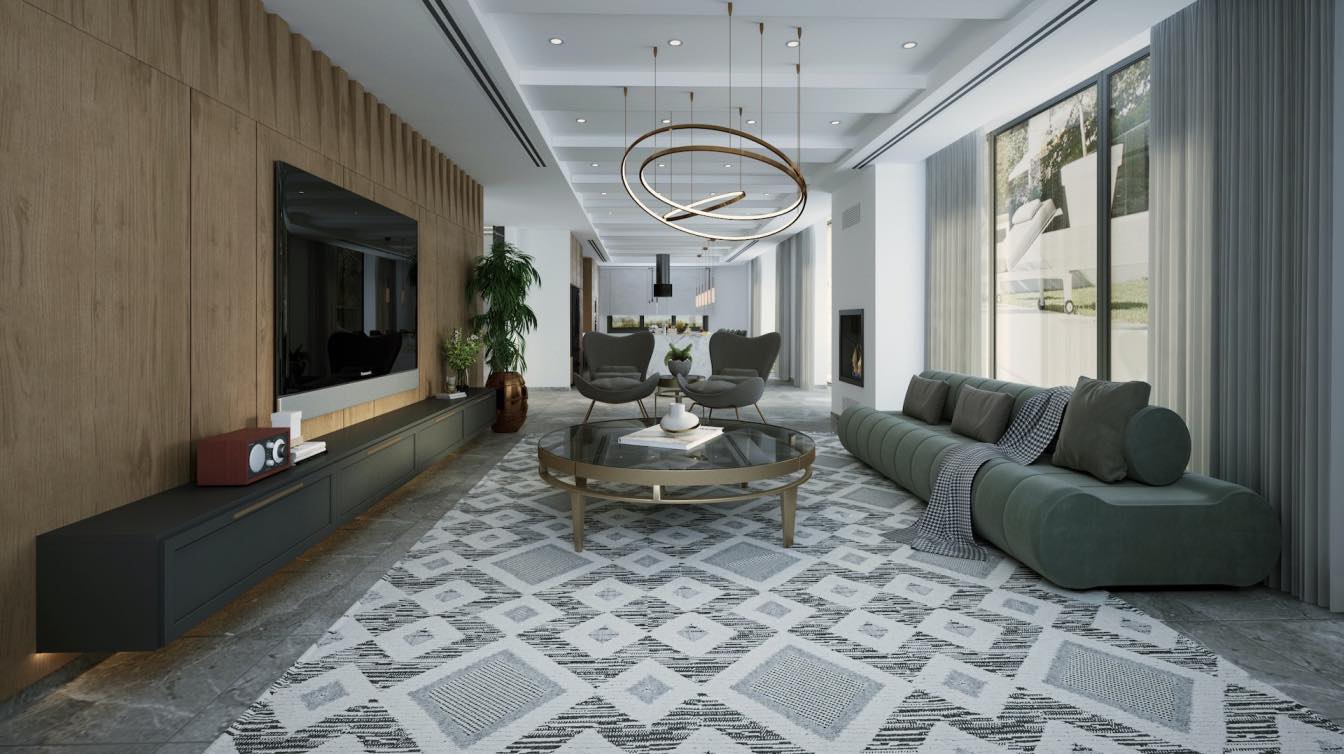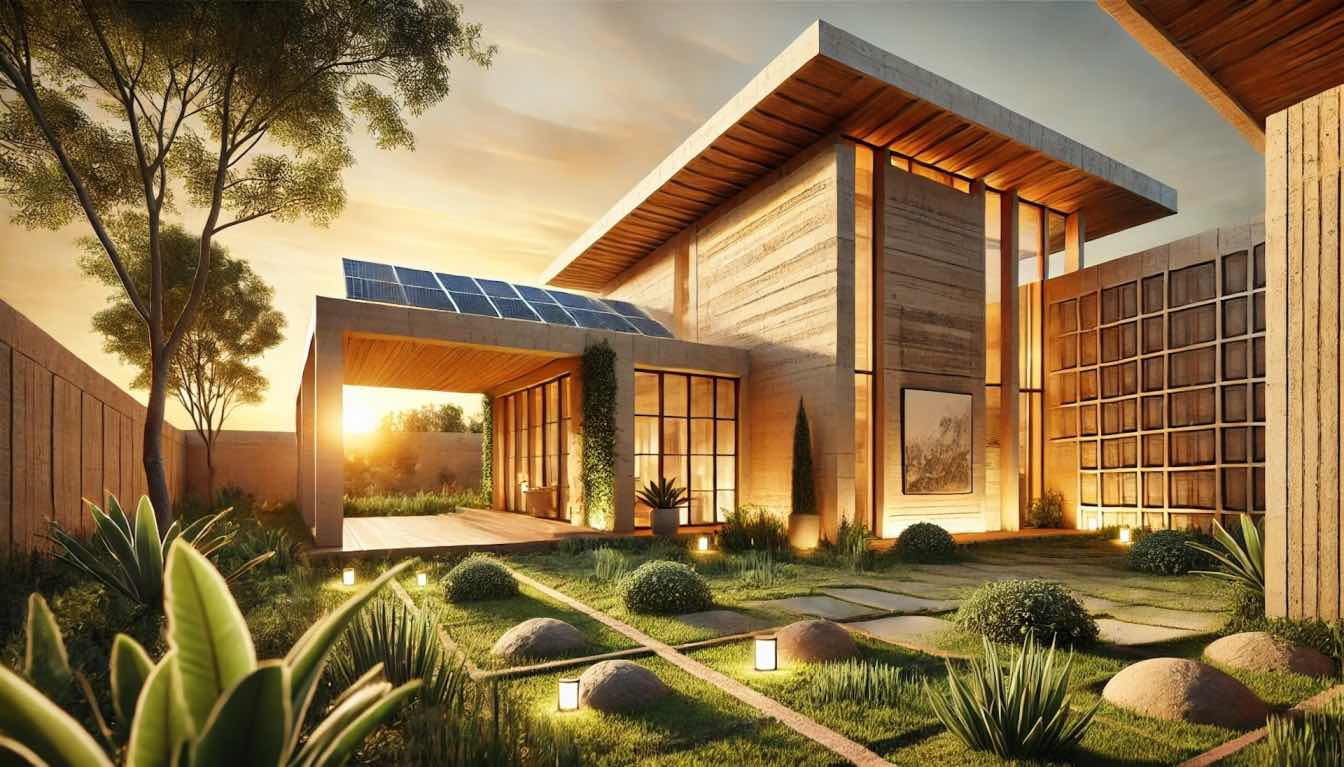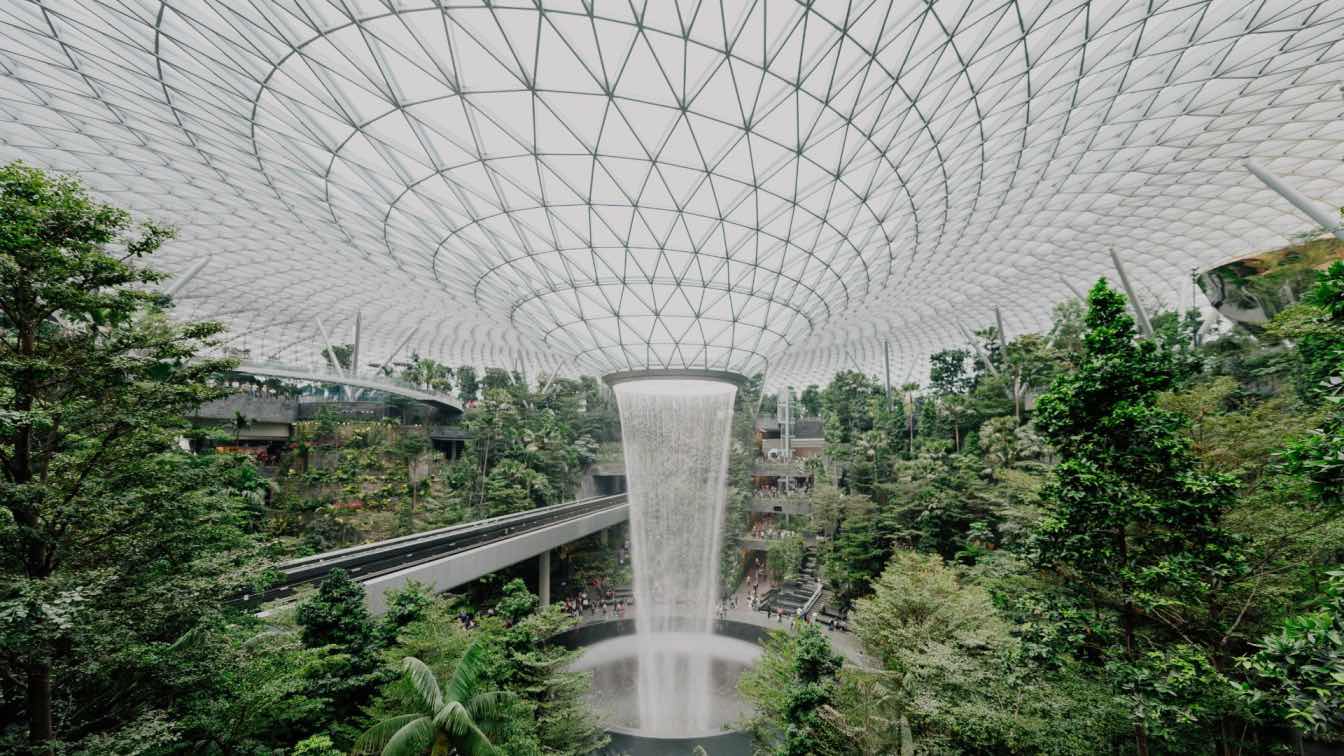The world of sports betting has evolved dramatically over the past decade, blending cutting-edge technology with sophisticated design to create immersive experiences for bettors. Today’s modern sports betting venues are no longer simple rooms with screens and betting windows; they are carefully crafted architectural spaces that enhance user engagement, comfort, and entertainment. As bettors increasingly rely on digital tools such as Bet Calculator to analyze odds and make informed decisions, architects are challenged to design spaces that seamlessly merge technology, data, and atmosphere.
This convergence of architecture and betting creates a unique design challenge—balancing functionality, regulatory requirements, and the emotional journey of the bettor within a dynamic space. In this article, we explore the architectural principles that shape modern sports betting venues and examine how design plays a critical role in redefining the betting experience.
The Rise of Integrated Sportsbooks
With the expansion of legalized sports betting in various jurisdictions, many casinos, resorts, and entertainment complexes have incorporated sportsbooks directly into their floor plans. These venues serve not only as places to place wagers but as social destinations where guests can gather, watch live games, and engage with real-time data.
Architects are tasked with designing these spaces to foster engagement without overwhelming visitors. Key design elements include:
Centralized Screens and Video Walls: Large LED displays dominate the space, offering multiple games and live odds feeds simultaneously.
Comfortable Lounge Seating: The shift toward longer betting sessions has driven the need for ergonomic seating, personal tables, and semi-private booths.
Zoning and Flow: Clear pathways direct foot traffic, while separate zones for casual observers, serious bettors, and VIP clientele create a layered experience.
This holistic approach allows sportsbooks to function as more than transactional spaces, becoming full-fledged entertainment environments.
Technology as a Core Design Element
As mobile apps, digital platforms, and online calculators like Bet Calculator empower bettors with real-time odds analysis and probability calculations, the sportsbook experience has become increasingly data-driven. Architects now design venues that reflect this digital integration, offering seamless connectivity and access to information.
High-speed Wi-Fi, charging stations, and mobile-friendly kiosks are incorporated into the physical layout. Interactive screens allow patrons to browse statistics, place bets, and monitor game progress without relying solely on staff. The architecture must support both personal device use and shared experiences, balancing privacy with community engagement.
Lighting and Atmosphere: Enhancing Focus and Comfort
Lighting plays a pivotal role in the psychological aspect of sports betting venues. Too much brightness can create fatigue, while insufficient lighting can hinder focus. Architects often employ:
Layered Lighting Systems: Combining ambient, task, and accent lighting to create a warm yet focused environment.
Dynamic Color Control: Adjustable lighting that shifts with the tone of ongoing events, from pre-game excitement to post-game celebrations.
Indirect Lighting: Reducing glare on screens while maintaining visibility across large spaces.
These strategies not only enhance visual comfort but also subtly influence the mood and energy levels of bettors throughout their stay.
Acoustic Design for Engagement and Concentration
Sports betting venues must manage the delicate balance between lively excitement and focused concentration. Poor acoustic planning can result in overwhelming noise levels that detract from the experience.
Architectural solutions include:
Acoustic Paneling: Sound-absorbing materials integrated into walls, ceilings, and flooring.
Zoned Sound Systems: Allowing different sections of the venue to experience varying audio levels based on activity.
Natural Sound Buffers: Strategic placement of furniture, plants, and partitions to break up noise flow.
By controlling acoustics, architects create spaces where bettors can engage with both the data and the energy of the environment without distraction.
Regulatory Considerations in Sports Betting Architecture
Unlike many commercial spaces, sportsbooks must adhere to strict regulations concerning security, surveillance, and responsible gaming practices. Architects must account for:
Surveillance Infrastructure: Placement of cameras and monitoring equipment without compromising design aesthetics.
Clear Sightlines: Ensuring staff can observe all areas for compliance and safety.
Signage and Information Displays: Providing clear, accessible information about betting rules, odds, and responsible gaming resources.
These regulatory requirements become integral to the design process, influencing everything from ceiling height to furniture placement.
Hospitality and VIP Experiences
As competition increases, many sportsbooks aim to differentiate themselves by offering elevated hospitality experiences. This includes:
Private Suites and VIP Lounges: Featuring exclusive seating, personalized service, and enhanced privacy.
Integrated Food and Beverage Service: Bars, restaurants, and table service woven directly into the sportsbook layout.
Multi-Use Flexibility: Spaces that can convert for private events, corporate gatherings, or high-profile sporting events.
These features transform sportsbooks into destination venues that appeal to a broader clientele, including non-bettors who seek a premium entertainment experience.
Sustainability in Modern Betting Venues
Sustainability is becoming a priority even within high-energy entertainment spaces. Architects employ green building practices such as:
Energy-Efficient Lighting: LED systems and automated lighting controls.
Smart HVAC Systems: Optimizing climate control based on occupancy levels.
Sustainable Materials: Utilizing recycled, low-emission, and locally sourced materials in construction and furnishings.
Sustainability not only reduces operational costs but also aligns sportsbooks with broader corporate responsibility goals.
Cultural and Global Influences
As sports betting expands globally, cultural considerations shape architectural design. In regions like Asia, Europe, and the Middle East, sportsbooks may blend local design traditions with modern technology to create culturally relevant spaces.
For example, venues in Asia may emphasize feng shui principles, while European sportsbooks might draw inspiration from traditional pub culture. Understanding these nuances allows architects to create spaces that resonate with local clientele while maintaining global design standards.
The Future of Sports Betting Architecture
Looking ahead, architects are exploring innovative concepts that may redefine the future of sports betting venues:
Virtual Reality Integration: Offering immersive game simulations and betting experiences.
AI-Powered Personalization: Customizing information displays and betting recommendations based on individual user profiles.
Decentralized Micro-Betting Lounges: Smaller, flexible spaces embedded in non-traditional locations like airports or shopping centers.
As technology continues to evolve, architecture must remain adaptable, anticipating new trends in both betting behavior and entertainment preferences.
The Economic Impact of Sports Betting Venues
The rapid expansion of sports betting has also generated significant economic activity. According to data from the American Gaming Association, legalized sports betting in the United States alone generated over $93 billion in wagers in 2022, contributing to job creation, tax revenue, and local development. This economic growth underscores the increasing importance of thoughtful architectural design in maximizing both the financial and experiential success of betting venues.
The modern sports betting venue is a far cry from its predecessors. Today’s sportsbooks combine cutting-edge technology, thoughtful architecture, and hospitality-driven design to create immersive, data-rich environments tailored to a new generation of bettors. As tools like Bet Calculator empower individuals to make informed decisions, architects play a pivotal role in crafting spaces that support this digital engagement while delivering comfort, excitement, and operational excellence.
By embracing these design principles, architects continue to redefine how we experience sports betting—transforming simple wagering into an elevated, multifaceted entertainment experience that reflects the evolving nature of both technology and human behavior.





